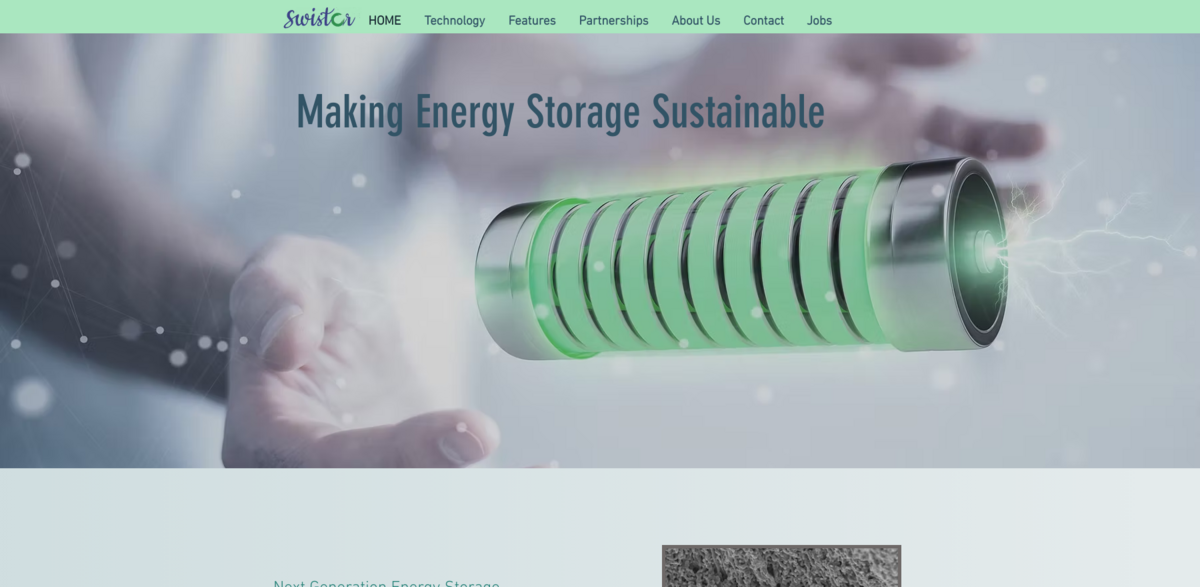What Is Next Generation Energy Storage?
Next Generation Energy Storage is all about pushing the boundaries of how energy is stored and used. At the heart of this innovation are nanostructured boosted carbon-based electrodes. Imagine taking dense nanocarbon electrodes and coating them with nanoscale active materials — the result? Supercapacitors that perform like champs, whether they’re handling super low currents or blasting through very high ones. This technology is a game-changer for energy storage, making devices not just powerful but also smarter and more adaptable.
Main Benefits of This Technology
So, what makes this energy storage tech stand out? Here’s a quick rundown of the key benefits:
- Eco-Friendly: Zero lithium or cobalt, plus green electrolytes — a breath of fresh air for the environment.
- Fast Charging: Charge your devices in seconds. Yep, seconds.
- Cost Effective: Thanks to nanometric and efficient coatings, it’s budget-friendly without cutting corners.
- Longer Life: Slow degradation means these supercapacitors stick around longer, keeping performance steady over time.
How It Works: The Science Behind the Innovation
The secret sauce lies in the unique expertise at the crossroads of nanotechnology and electrochemistry. By carefully engineering the surface of carbon electrodes at the nanoscale, this technology boosts energy density and efficiency. The nanoscale active materials enhance the electrode’s ability to store and release energy quickly and reliably. This isn’t just incremental improvement — it’s a disruptive leap forward, offering a sustainable alternative to traditional batteries.
Customization and Collaboration
One size doesn’t fit all, especially in energy storage. That’s why tailored solutions are a big part of the picture. Partners and clients get customized energy storage devices designed to meet their specific needs. Collaboration is key, with close work alongside production teams, business developers, suppliers, and research institutions. This ensures that R&D efforts align perfectly with market demands and production capabilities, creating a seamless path from lab to real-world application.
Commitment to Sustainability and Safety
Environmental responsibility is front and center. By eliminating lithium and cobalt, and using green electrolytes, this technology significantly reduces the ecological footprint of energy storage devices. Plus, safety isn’t compromised — these devices are designed to be stable and secure, minimizing risks associated with traditional battery chemistries. It’s a win-win: better for the planet, safer for users.
Project Impact on Sustainable Development Goals (SDGs)
- SDG 7: Affordable and Clean Energy — advancing sustainable energy storage solutions.
- SDG 9: Industry, Innovation, and Infrastructure — fostering innovation in energy technologies.
- SDG 12: Responsible Consumption and Production — promoting eco-friendly materials and processes.
- SDG 13: Climate Action — reducing environmental impact through green technology.
- SDG 15: Life on Land — minimizing harmful mining practices by avoiding lithium and cobalt.
The Future of Energy Storage
Looking ahead, this technology is set to change the way electronic systems are powered and charged. The focus is on creating sustainable, efficient, and long-lasting energy storage solutions that keep pace with the demands of modern life. With ongoing research and development, the potential applications are vast — from consumer electronics to large-scale energy grids. It’s an exciting time for energy storage, and this next generation technology is leading the charge.





















